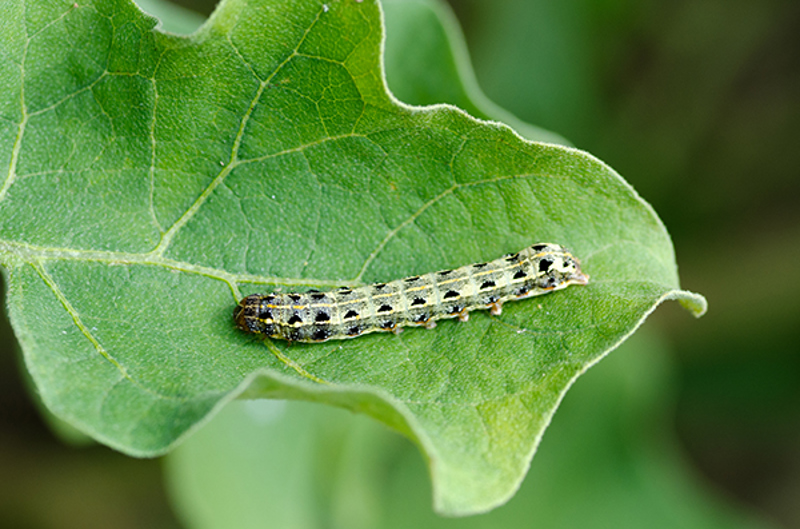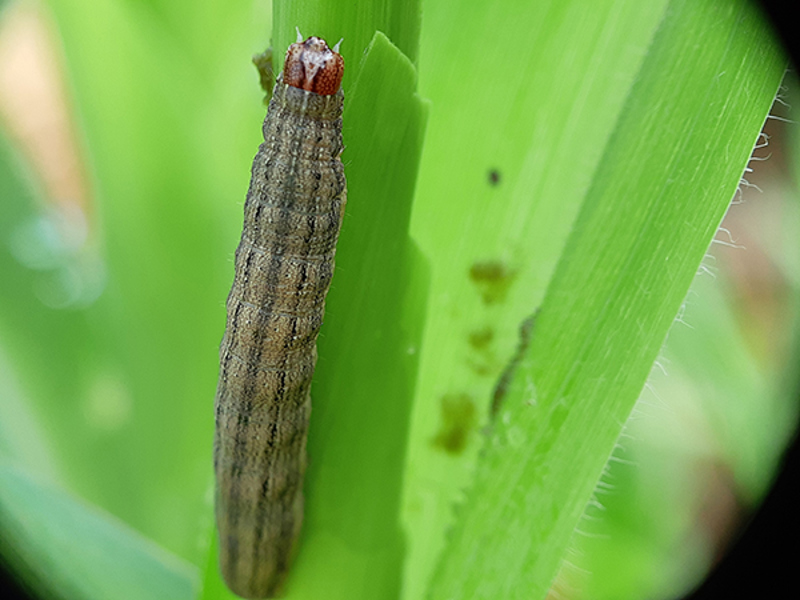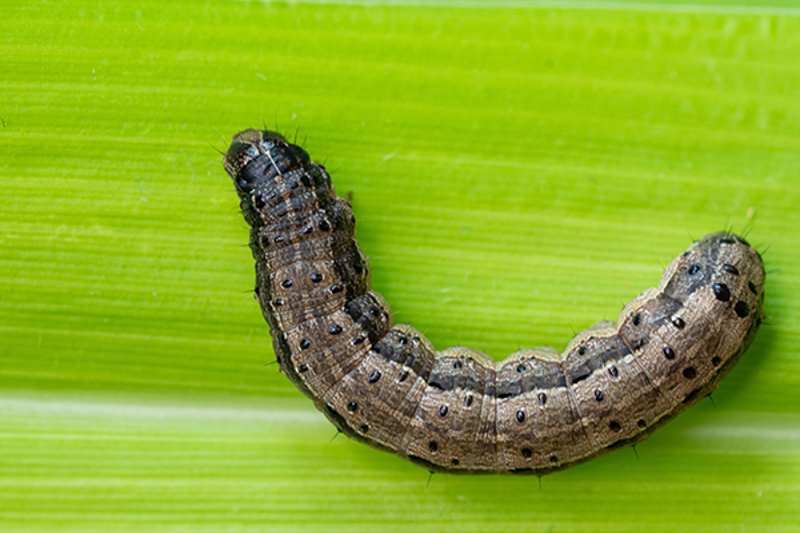Yates Account
Join now
Create a Yates account today!
Sign up to join the Yates Garden Club for monthly e-mails packed with seasonal inspiration, tips for success & exclusive promotions.
Plus if you’re a Garden Club member you can take part in the Yates Growing Community - a blog to share successes, get advice & win prizes in fun challenges along the way!

Forgot password
Enter the email address associated with your account, and we'll email you a new password.
Lepidoptera spp.

Tropical Armyworm (Spodoptera litura)
What is Armyworm?
There are several different types of armyworm seen in NZ. Armyworm are caterpillars of night-flying Owlet Moths which lay their eggs amongst turf leaves, on top of broadleaf plant leaves or in fluffy masses on the side of buildings. Adult moths are rusty or mottled brown in colour and actively flying from late summer to autumn. They are very attracted to lights at night, so if you have outdoor lighting close to your lawn area, it's a good idea to avoid using it during that period.
There can be multiple generations of armyworm in a year, with caterpillars being most active during summer and autumn.
Cosmopolitan armyworm (Mythimna separata) only feeds on grass and cereal crops; if your lawn is being damaged this species will be the culprit. The caterpillars grow up to 4cm long and range in colour from pale green to pink, with darker stripes running along their sides and a pale line down the middle of the back.
In 2022 the very destructive Fall Armyworm (Spodoptera frugiperda, nicknamed FAW by commercial growers) arrived in NZ, spreading through the North Island. Fall armyworm is difficult to control due to the ‘plague’ nature of the pest. It’s a prolific egg-layer with a very fast lifecycle, and caterpillars have a voracious feeding habit, on a wide range of plants. Caterpillars grow to about 3.5cm in length, with pale whitish lines down the sides with a darker brown band in between, and multiple rows of black dots. Early season sightings suggest Fall Armyworm is capable of overwintering in New Zealand, so the problem may stay with us.
This nasty new pest is often confused with the closely related Tropical Armyworm (Spodoptera litura), which has been established in the North Island for decades, so it's much more commonly seen. Juvenile caterpillars are green but become darker brown or grey when they reach their maximum length of 5cm. They have a line of distinctive black 'setting-sun' shaped half circles, spaced out along a yellow stripe on each side.

Cosmopolitan Armyworm (Mythimna separata)
Symptoms
Cosmopolitan armyworms feed on grass blades during the late afternoon and early evening. In large numbers, armyworm can advance like an army (hence their name), strip the turf foliage and cause rapidly expanding bare patches in lawns.
Tropical Armyworm and Fall Armyworm are usually only problematic in seasons when the weather conditions are favourable to them. They can do extensive damage to vegie gardens when their population pressure is high.
Plants impacted
Cosmopolitan Armyworm:
- Lawn
- Grass
- Cereal crops
Tropical Armyworm and Fall Armyworm:
- Beans
- Cabbage
- Celery
- Clover
- Kūmara
- Silverbeet

Fall Armyworm (Spodoptera frugiperda)















Share
Share this article on social media